Welcome to Kiki+Koko: Let’s NihonGO!! Online, in blog form, written before a live studio audience. We’re your hosts and guides to a better understanding of Japanese language and culture, Kiki and Koko! In this article, we’ll be talking about tsukimi. There will be quite a few vocabulary words as well as some insight into this auspicious autumnal affair. Without further ado, Let’s NihonGO!!
In the middle of September at nightfall, people in Japan hold gatherings with autumnal decor, looking to the dark blue sky, up to an astronomical body floating high above, to a place where bunnies take up their pestles and mortars, pounding 餅, mochi. They give thanks, enjoy the view, and wish for happiness and health. This is 中秋の名月, chuushuu no meigetsu, otherwise known as, the harvest moon.
Though 名月, meigetsu, itself refers to the harvest moon, or simply a bright moon, 中秋, chuushuu, connotes the middle of autumn but implies the fifteenth of the eighth lunar month. But, alone, the day is usually known as, 十五夜, jyuugoya, referring to the fifteenth night, but specifically the night of the full moon. But don’t be so quick to mark your calendars just yet. Due to this adhering to the lunar calendar, ironically, the 15th may be on the 19th, 29th, or any other day the harvest moon happens to fall on. Though Japan follows the Gregorian calendar as it relates to the New Year, the date of the harvest moon adheres to the same date as the rest of the Eastern world as according to the lunar calendar. Of course, this would make sense as this is quite literally a lunar holiday.
Many unfamiliar with 中秋の名月, chuushuu no meigetsu, mobile users may take a look at this emoji,「🎑」, and may not be able to make out any of the depictions let alone the significance. This is the decor of 月見, tsukimi, also known more formally as お月見, otsukimi. In order to understand what it is, we can look at the kanji itself: 月, tsuki, means moon and 見, mi, means looking or viewing. The emoji,「🎑」actually depicts one of the decorations as well as as food and the moon. We’ll dissect this a bit more so that you can fully understand not simply the emoji you may have never paid attention to, but the fun Japanese traditional holiday お月見, otsukimi.

While some attend festivals or shrines with their families or on their own, many hold gatherings for お月見, otsukimi. The main point is to appreciate or view the Moon, so the décor frames the scene of the night sky. This setup will usually be displayed in a window frame, veranda, or balcony. You’ll see vase of plumes of 薄, susuki, otherwise known as Japanese pampas grass, and traditionally, twelve or fifteen 月見団子, tsukimidango, stacked in a pyramid atop a 三方, sanbou, offering stand— twelve to represent twelve months, or fifteen to represent the fifteenth day, or the respective day it’s held. The 薄, susuki, is meant to represent a bountiful rice harvest, and the round white 団子, dango, are meant to represent the moon. Though usually plain, in places like Kansai, sometimes there will also be elongated 団子, dango, which can be eaten with sweet red bean paste. This celebration doesn’t have to last only one night, as the full moon may be available to view days after.
Protip: In the case of extra 団子, dango, or multi-day 月見, tsukimi, preparation, we recommend to keep 団子, dango, fresh and squishy, after refrigerating them to keep them fresher longer, you can grill or toast them to breathe new life into the gooey goodness.

What is mochi? (They’re an important part of 団子, dango)
You may also see other decor, foods and drink such as 生け花, ikebana, Japanese flower arrangement, tea ceremony,和菓子, wagashi, Japanese confections, seasonal goods like 南瓜, kabocha, pumpkin, 豆, mame, beans, 栗, kuri, chestnuts, or 芋
, imo, potatoes. These correspond to the idea of the harvest moon and its origins. This started off as a mixture between the practises of common ancient folk mixed with the traditions of earlier high society. The latter began with offerings from their harvest made to their respective deities. Though, お月見, otsukimi, actually began in China and passed onto Japan, continuing as the former tradition.
It was during the Heian era that お月見, otsukimi, took a similar form to today’s celebration. The nobility and the affluent would hold parties whilst reciting and creating poetry and music. Another way of appreciating the moon was from the water either on the dock or on a boat, looking upon its sparkling reflection. But, it was closer to the Edo era when both of the traditions of high society and common folk would collide.
As in many other cultures,中秋の名月, chuushuu no meigetsu, the harvest moon, rings in the autumn season. People can enjoy traditional or contemporary music at festivals, special autumnal foods, and the special scene of the noteworthy moon in full.
Overall, this is quite a unifying tradition for people of Earth that doesn’t necessarily require travel to enjoy. Anyone on the planet can look up at the Moon and appreciate its remarkable appeal. Some may look to its gleaming surface and see a man in the moon, and others may see a bunny making mochi, or a magical elixir of life, but all in all, we can take a moment to slow down and have an appreciation for a time-bound natural beauty that shows its distinctive garb once a year, and sometimes once in a life time.
Categories: Kiki+KoKo: Let's NihonGO!!, SpeRaToBo, 文化|Culture!







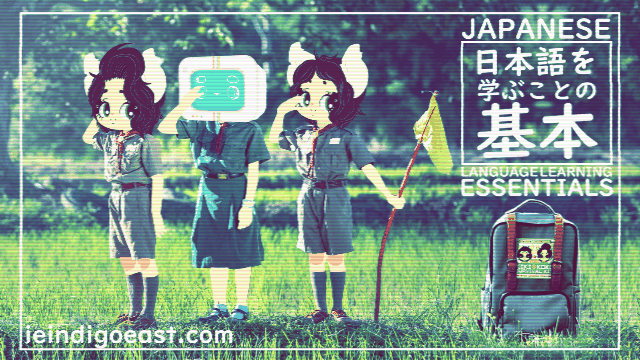
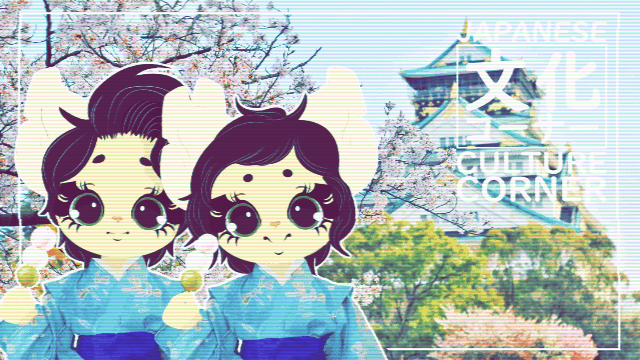




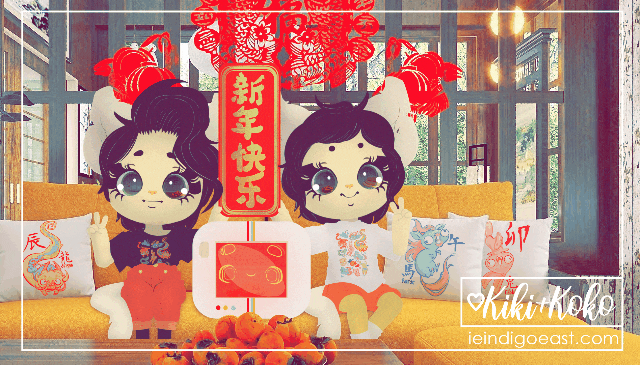




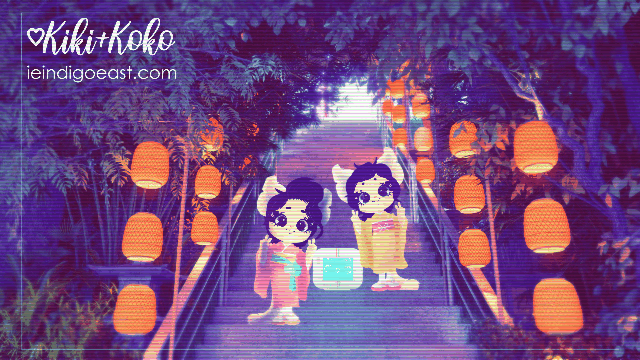
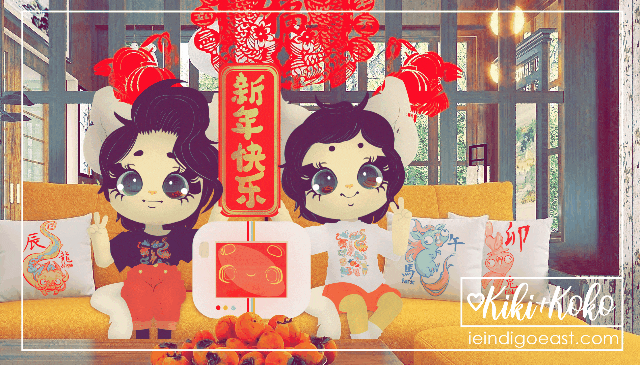


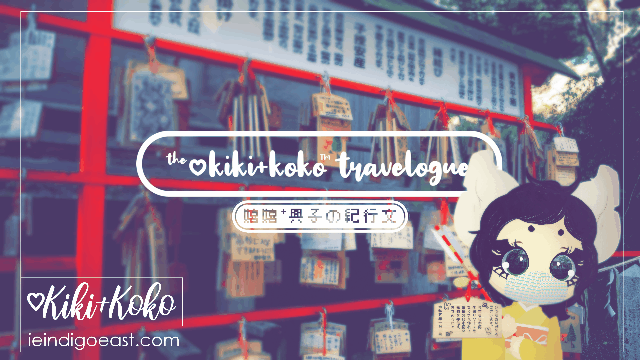
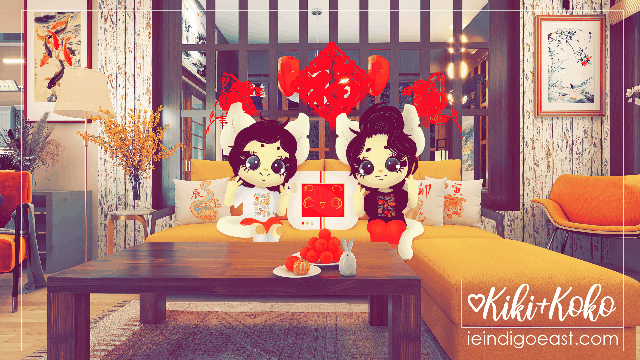






4 replies »